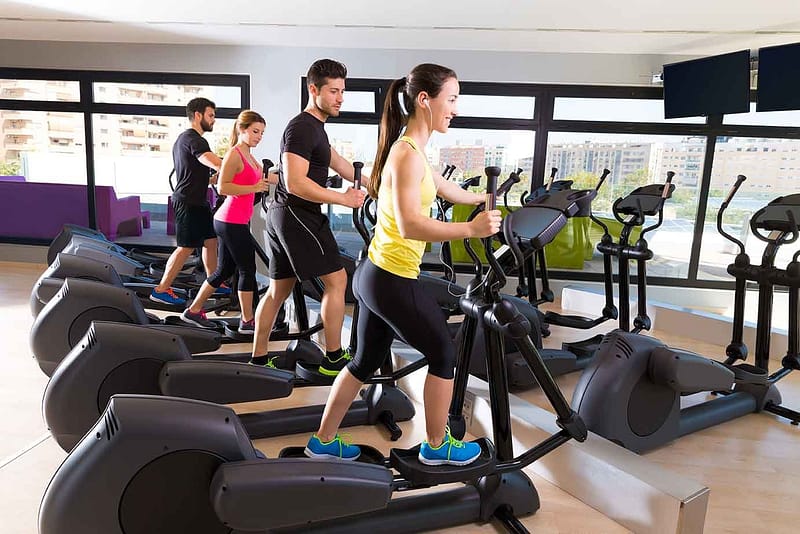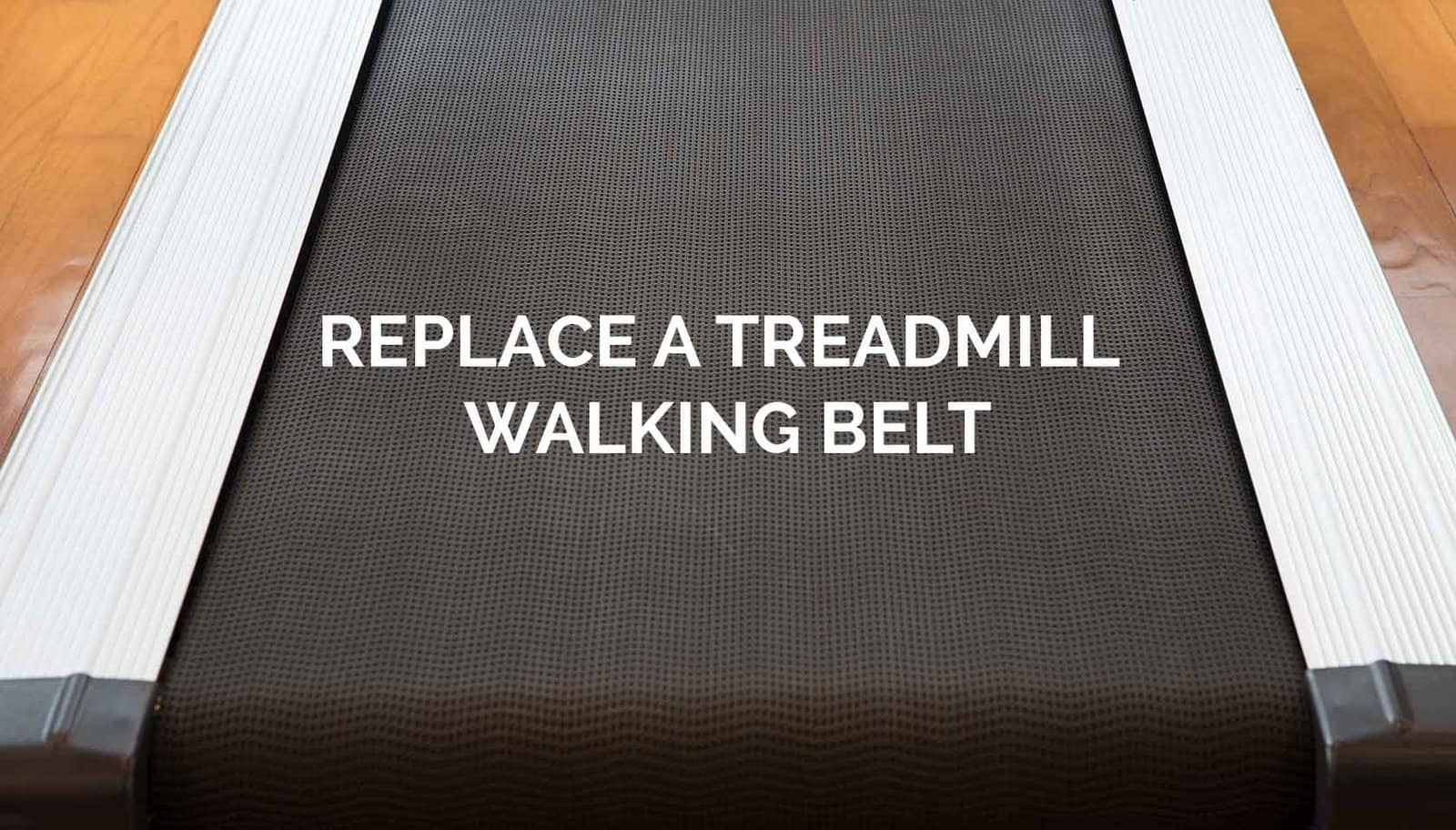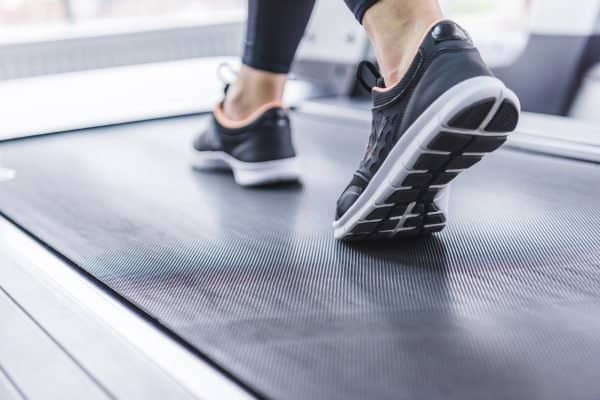Welcome to the world of fitness management, where the health of your equipment is as crucial as the health of your clients. Today, we delve into the art and science of elliptical maintenance, a topic that might not quicken the pulse like the latest fitness trend, but is fundamental to the smooth running of any fitness facility.
Why Elliptical Maintenance Matters
Ellipticals are a staple in gyms, hotels, and apartment fitness centers, loved for their low-impact, high-efficiency workouts. But, like any frequently used machinery, they suffer wear and tear. Proper maintenance is not just about prolonging the life of your equipment; it’s about ensuring safety, enhancing user experience, and optimizing your investment.
Safety First
A poorly maintained elliptical can be a safety hazard. Loose bolts, worn-out pedals, or a misaligned belt can lead to accidents and injuries. Regular checks and maintenance ensure that every component is in top condition, safeguarding your clients and your reputation.
User Satisfaction
Imagine a client mid-stride on an elliptical when it starts squeaking loudly or, worse, breaks down. Regular maintenance ensures a smooth, quiet, and reliable workout experience, enhancing client satisfaction and retention.
Cost-Effectiveness
Preventive maintenance is economically smarter than reactive repairs. Regular upkeep can identify and fix minor issues before they escalate into major, costly repairs or require complete equipment replacement.
Implementing a Maintenance Strategy

Regular Inspection and Cleaning
Start with a daily visual inspection and cleaning. Remove dust and debris that can accumulate in the moving parts. This simple step can prevent many common issues.
Case Study: Gym A vs. Gym B
Gym A conducts daily inspections and cleans their ellipticals, while Gym B waits for visible signs of wear or complaints. Over six months, Gym A reports fewer breakdowns and client complaints compared to Gym B, highlighting the importance of proactive maintenance.
Detailed Monthly Check-Up
Once a month, delve deeper. Check the tension and alignment of the drive belts, inspect the pedals and handlebars for stability, and ensure the electronic components are functioning correctly.
Real-World Impact
A study in a multi-chain fitness center showed that facilities conducting monthly detailed check-ups reported a 30% decrease in major repairs and a significant increase in client satisfaction scores.
Professional Servicing
Quarterly or bi-annually, depending on usage, hire a professional to service the ellipticals. They can perform complex tasks like recalibrating the machine, updating software, and thoroughly checking internal mechanics.
Benefit Analysis
A survey of fitness centers that employed professional servicing revealed a 50% reduction in annual repair costs and a 20% increase in the lifespan of their ellipticals.
Training Staff
Equip your staff with basic maintenance skills and knowledge. They should be able to perform daily inspections, identify common issues, and understand when to call in a professional.
Empower Your Team
By training your employees, you foster a culture of accountability and proactive care. This not only ensures regular maintenance but also improves the team’s capacity to respond swiftly to any new problems.
Communicating with clients
Keep your clients in the loop. Inform them of the care you take when maintaining equipment. This transparency fosters trust and demonstrates your dedication to their safety and enjoyment.
Client-Centric Approach
A fitness establishment that publicly explains its maintenance processes frequently experiences increased client trust and commitment. It demonstrates your commitment to delivering a safe and premium fitness environment.
The Bottom Line
Elliptical maintenance is an important part of fitness facility management. It’s more than just maintaining machines; it’s about making a safe, enjoyable, and effective training environment. This approach results in happier customers, fewer repair bills, and a stronger bottom line.
Actionable Takeaways
1) Set daily, monthly, and quarterly maintenance routines.
2) Train your team on basic maintenance and troubleshooting.
3) Invest in expert services: Plan for regular maintenance.
4) Communicate with clients on maintenance efforts to create trust.
5) Monitor and adapt. Review and update your maintenance approach on a regular basis, taking into account equipment usage and feedback.
Finally, the care you put on your ellipticals reflects on how much you care about your clients. By implementing a complete maintenance approach, you not only extend the life of your equipment but also improve the overall experience of your fitness facility. Remember that in the fitness sector, the strength of your equipment is equally important as the strength of your clientele. Keep both in excellent condition, and you’ll be poised for success.












